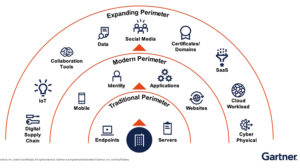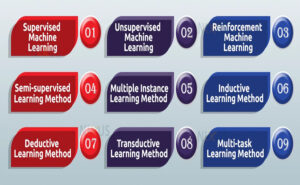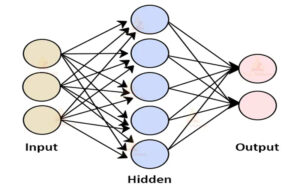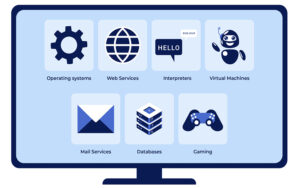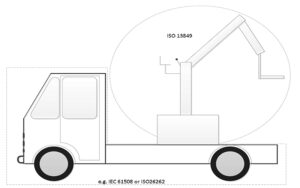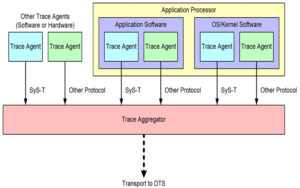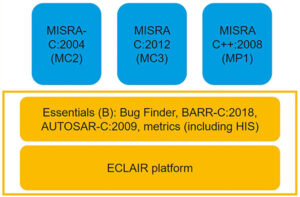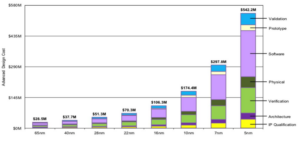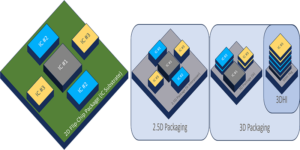An attack surface is the sum of all the attack vectors or ways that an attacker can gain malicious access to a network or system. The growth in remote work and the adoption of cloud services have increased the number of attack vectors and the size of the attack surface for most organizations and applications. […]
FAQ
Matter 1.2 is here — what does that mean for the smart home?
by Rob Alexander, Principal Product Manager for Matter at Silicon Labs The rapid evolution and expansion of the IoT over the last decade has resulted in “smart” devices becoming a pervasive part of our everyday lives. Thousands of smart home products exist on the market today, and everything from our light switches to our vacuum cleaners now […]
What are the four types of machine learning, and what are they used for?
Machine learning (ML) is a subset of artificial intelligence (AI). It’s used to enable machines to independently improve their performance using data and experience to modify future actions. ML applications range from autonomous vehicles to business processes. Various approaches to ML use different learning styles, require different levels of data input, and are optimized for […]
What are the top five neural network architectures?
There are many artificial neural network (ANN) architectures, each suited for specific tasks. This FAQ begins with a review of the components of the neurons that make up ANNs, looks at the basic elements of ANNs, and then presents the top architectures. There are several forms of neurons with slightly different mathematical structures. Most neurons […]
What is Rust used for in an embedded system?
Rust is an emerging systems programming language that’s mostly used for memory management, safety, and performance. It’s a statically typed programming language like Java, C, and C++, where variable types are known at compile time, and it’s designed for performance and safety, especially safe concurrency and memory management. Rust’s low-level control and memory safety make […]
What’s the difference between IEC 61508 and 61511 and ISO 26262 and 13849 functional safety standards?
There are numerous functional safety standards. Most are based on IEC 61508, the foundational safety integrity level (SIL) standard. IEC 61511 is the SIL standard for the process industry. ISO 26262 is applicable to safety in automotive systems. ISO 13849 is a safety standard that applies to parts of machinery control systems that provide safety […]
What is the MIPI I3C HCI good for?
The mobile industry processor interface (MIPI) improved inter-integrated circuit (I3C) host controller interface (HCI) provides a scalable, low-power, medium-speed, two-wire I3C utility and control bus interface for connecting peripheral devices to application processors in smartphones, computers, Internet of Things (IoT) devices, automotive systems, and similar applications. MIPI I3C HCI supports faster design times for applications […]
How does MISRA fit into automotive and industrial systems?
MISRA is a set of C and C++ coding standards developed by the Motor Industry Software Reliability Association (MISRA). Today it’s being maintained and expanded by the MISRA Consortium. MISRA has grown into a standard for embedded industries as well as automotive systems. For example, ISO 26262 Functional Safety – Road Vehicles cites MISRA C […]
Why 3D packaging could be the next breakthrough for processing
By Brian Hendren, Tektronix As semiconductor manufacturers start to reach the potential physical limits of shrinking process nodes, chip packaging is emerging to improve performance. Flip chip assembly remains the most popular method for interconnecting dies, but new advancements in silicon interposers are enabling 2.5D packaging architectures and, in turn, making 3D packaging possible. To […]
Why advanced packaging is vital to the future of semiconductors
The cost and the physics of fitting more transistors in the space available are showing diminishing returns. The concept of “known good die” is much more difficult to quantify. For all the talk in the semiconductor industry about trying to reach 1.8 nm process nodes, advanced packaging and its impact on performance seems to be […]

